Stonehenge autumn equinox gathering first since start of pandemic
- Published
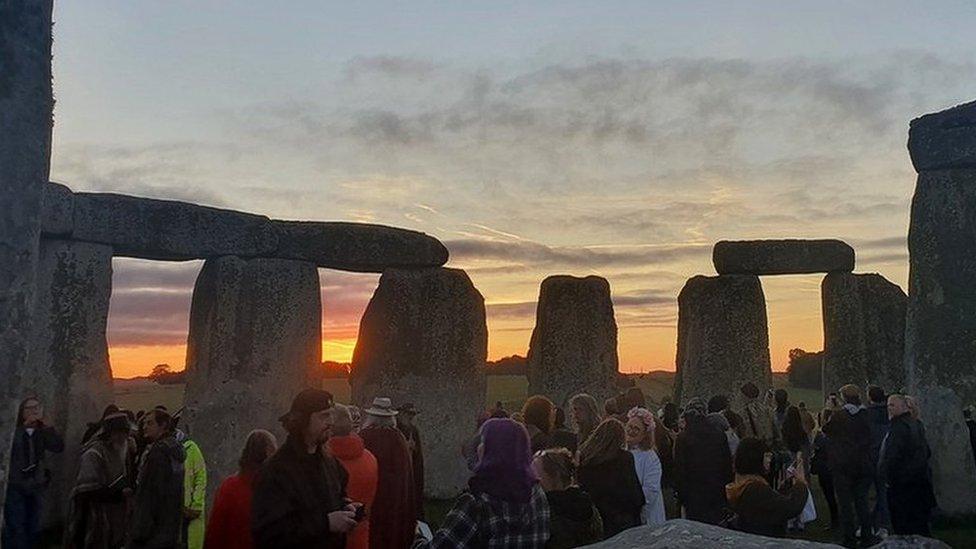
People were given access to Stonehenge for the first time since the pandemic
Hundreds of people have gathered at Stonehenge to watch the sunrise on the first official day of autumn.
About 250 druids, pagans and visitors were given access to the stones to mark the autumn equinox for the first time since the beginning of the pandemic.
Over the last two years, all solstice celebrations and equinox gatherings at the ancient monument have been cancelled by English Heritage.
Jess Trethowan, from the charity, said the event had "felt really magical".
Earlier this year, hundreds of people attended the summer solstice at Stonehenge despite official advice asking them not to - in line with Covid restrictions.

The autumn equinox is one of the rare occasions that English Heritage opens up the stones for public access
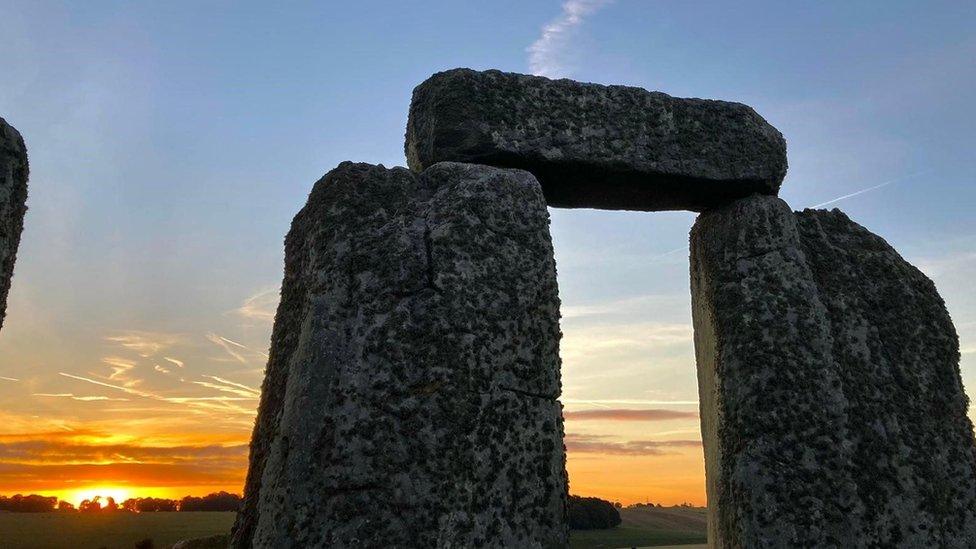
Over the last two years, solstice and equinox gatherings at Stonehenge have been cancelled
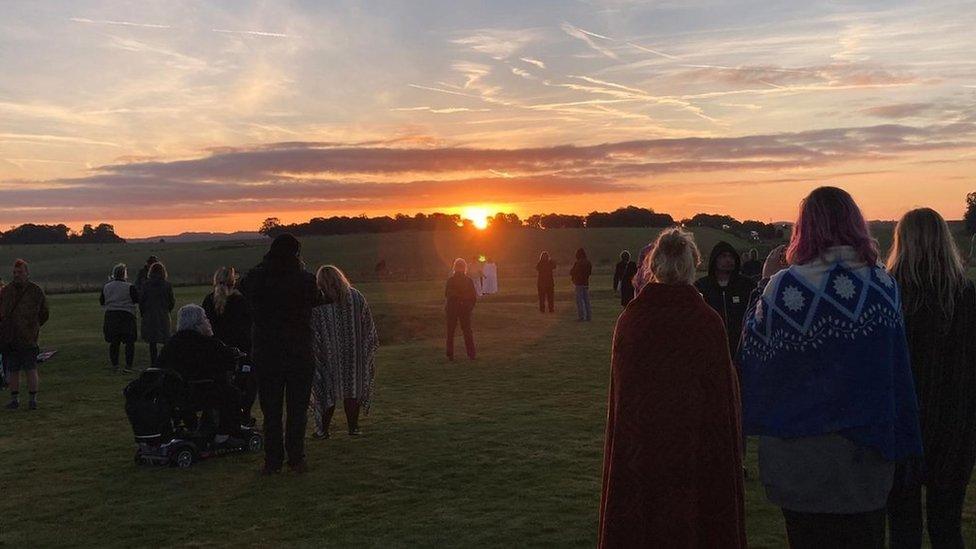
About 250 people gathered to mark the first day of autumn
The autumn equinox is one of the rare occasions that English Heritage opens up the stones for public access.
"This was the first time we've had an open access event since the beginning of the pandemic and it was really lovely and peaceful and really happy," said Ms Trethowan.
"Access was from just after 06:00 BST and sunrise was 06:55, so we were watching the sun coming up for quite a while.
"And it was a beautiful sunrise, it was warm and dry and it felt really magical."
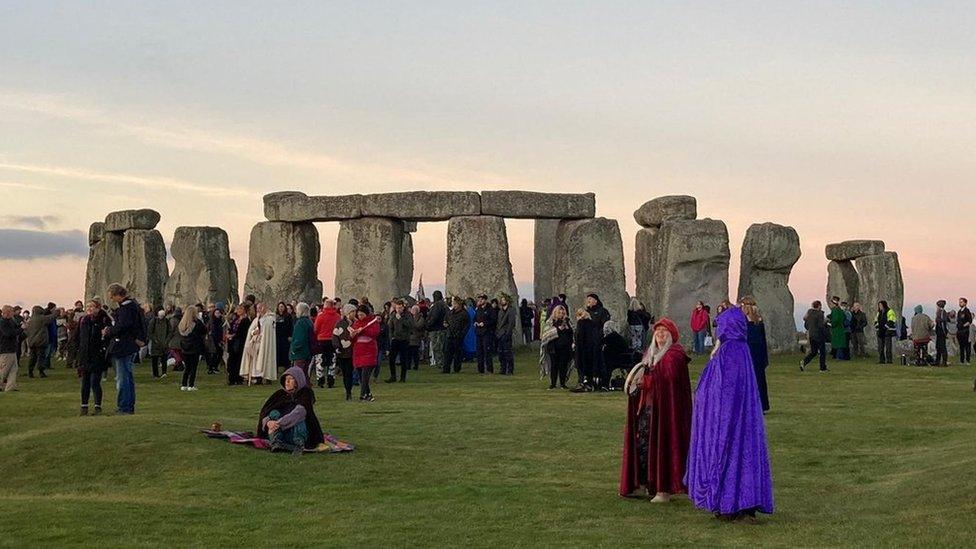
English Heritage said the autumn equinox sunrise "marks the start of a new season at Stonehenge"
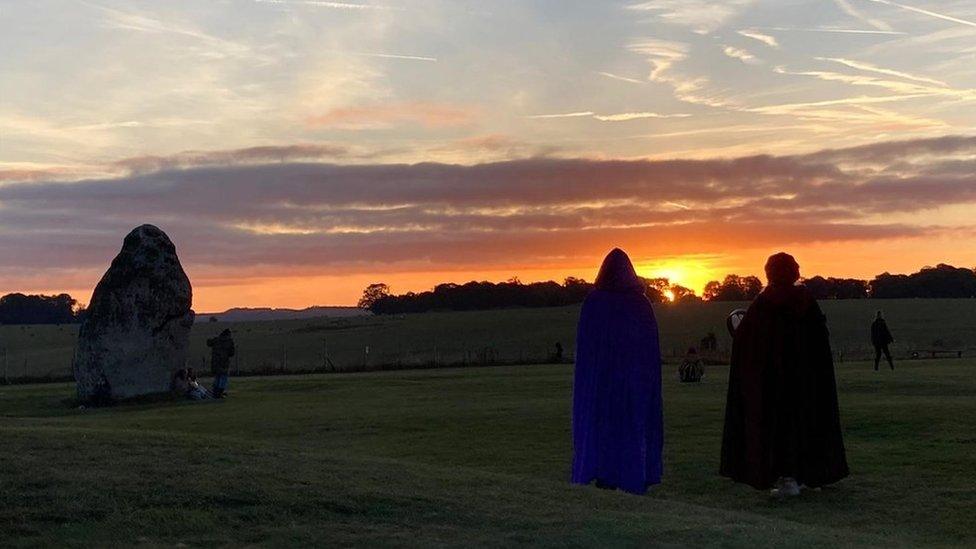
It also marks the beginning of shorter days and longer nights
The autumn equinox marks the point when the sun is positioned exactly above the equator and the day is the same length as the night.
It heralds the beginning of shorter days and longer nights.
Allow X content?
This article contains content provided by X. We ask for your permission before anything is loaded, as they may be using cookies and other technologies. You may want to read X’s cookie policy, external and privacy policy, external before accepting. To view this content choose ‘accept and continue’.

Follow BBC West on Facebook, external, Twitter, external and Instagram, external. Send your story ideas to: bristol@bbc.co.uk , external
Related topics
- Published22 September 2023
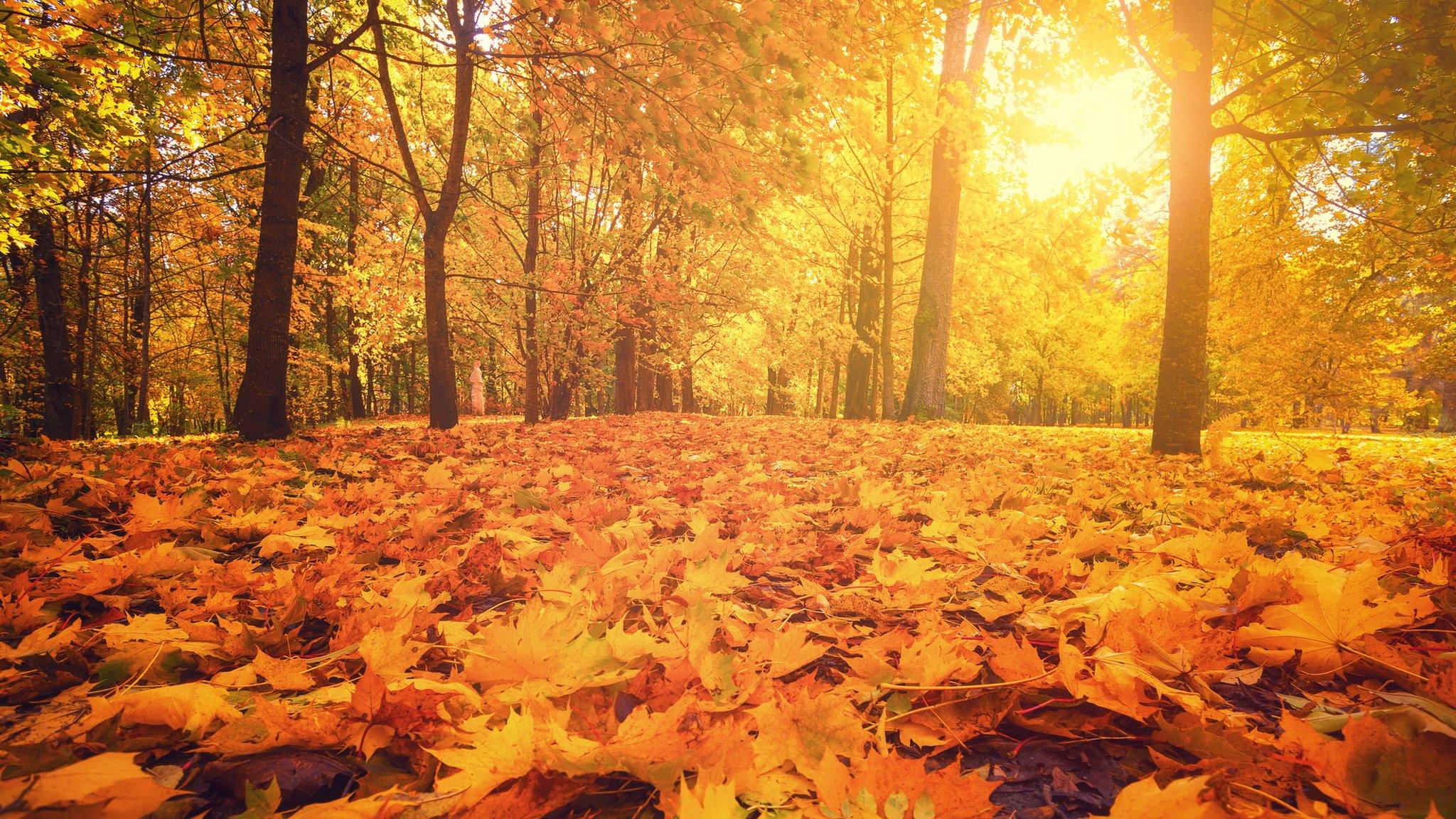
- Published16 June 2021
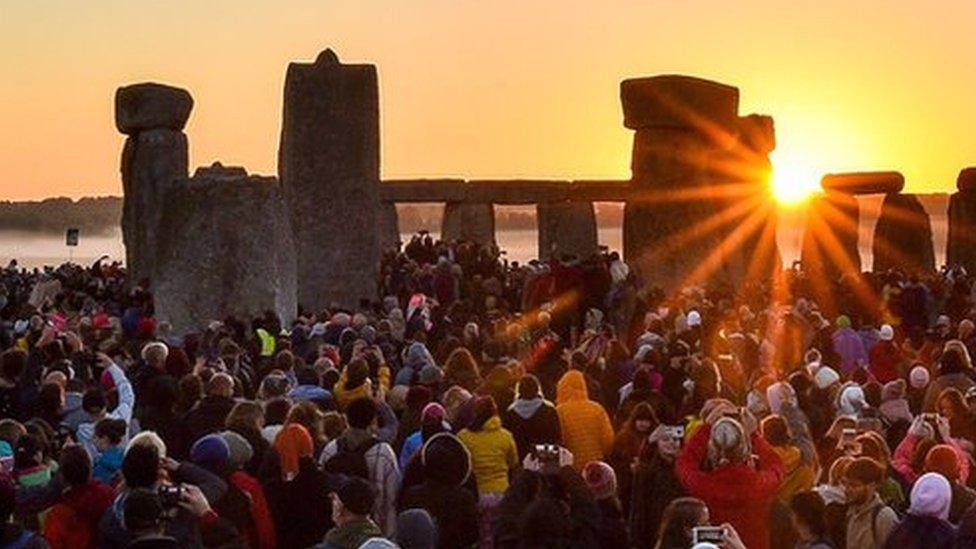
- Published18 September 2020
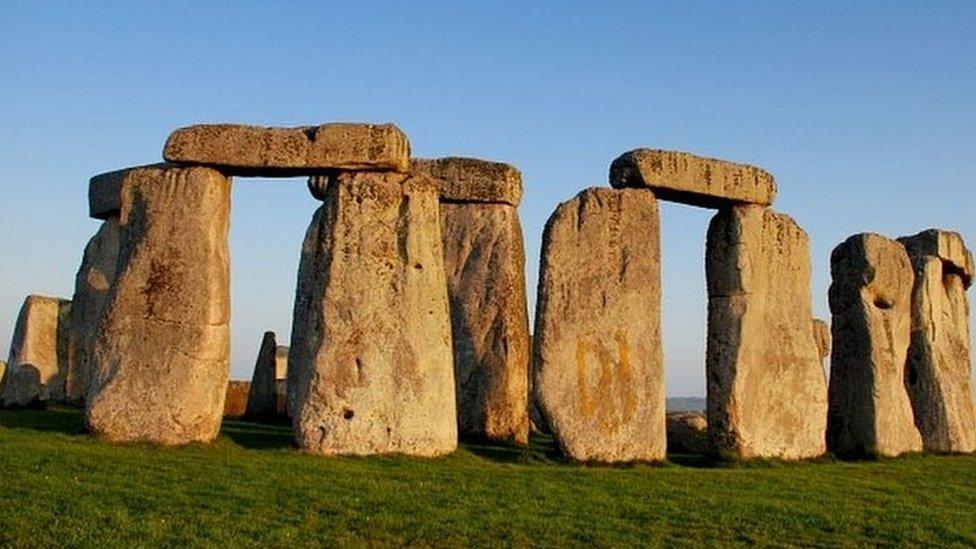
- Published18 March 2020
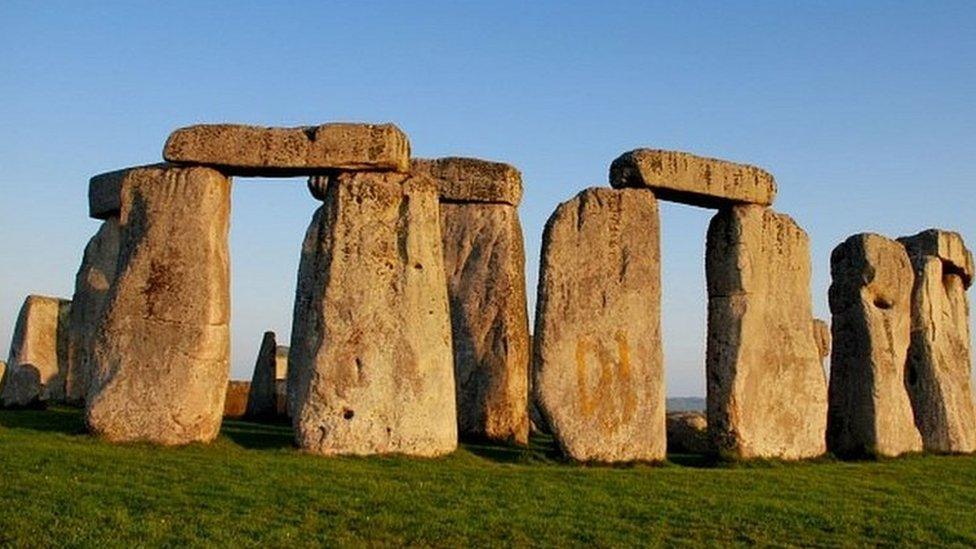
- Published12 December 2019
